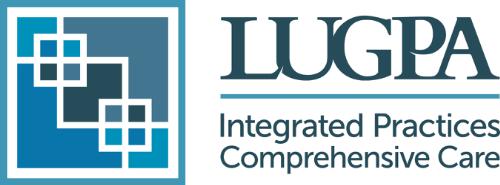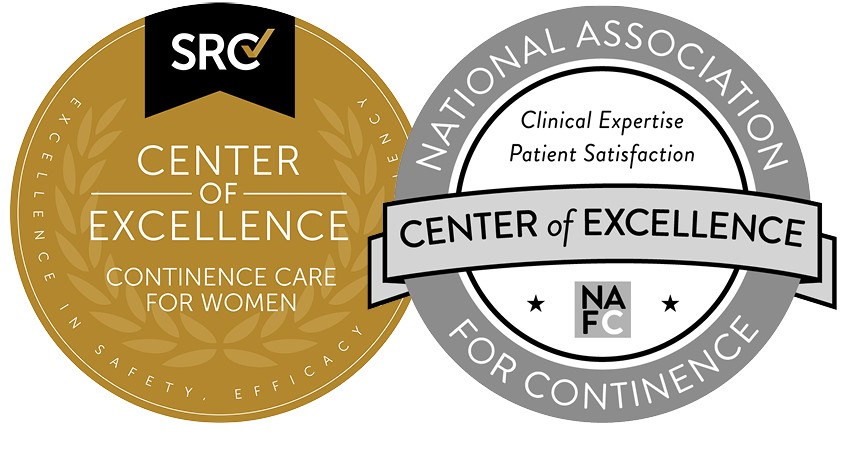LUGPA Policy Brief: Combatting Financial Toxicity in HealthcareJune 2023 The consequences of healthcare debt are felt most acutely often by patients facing cancer treatment, a long process that already places a complex physical and emotional burden on both patients and their families. A new term for the financial burden created by medical debt has gained increasing parlance in the academic literature and the press: financial toxicity. Rising healthcare costs are a severe problem, compounded by the fact that patients are bearing an increasing share of those costs. According to Kalorama Information, consumer out-of-pocket spending on healthcare is set to hit an estimated $491.6 billion, or about $1,650 per person in the United States. This ever-increasing cost of care has led to the United States spending more than any other OECD nation on healthcare. In 2021, the U.S. spent 17.8 percent of gross domestic product (GDP) on health care, a rate nearly twice as much as the average OECD country. Total healthcare spending reached $4.3 trillion, far more than any other nation. Moreover, without significant changes, this alarming trend is predicted to accelerate this burden and is only estimated to increase. According to Kalorama’s latest report, out-of-pocket spending is expected to maintain a continual annual growth rate of 9.9 percent for the next five years. Spending on cancer care is a significant driver of healthcare costs. Urological cancer care comprises a substantial portion of cancer spending in the United States. According to a 2020 article in Cancer Epidemiology, Biomarkers & Prevention, urological tumors account for approximately 22 percent of all cancer spending. Cancer rates continue to rise yearly, with over 600,000 deaths of cancer in the U.S. every year; however, due to tremendous advances in technology and research, each year, more and more patients are ‘living with’ a cancer diagnosis due to curative or maintenance therapies that save and radically extend life. Unfortunately, many cancer survivors face tens of thousands of dollars of healthcare debt, often forcing patients and their families to make difficult or impossible sacrifices. Furthermore, perhaps unsurprisingly, these ill effects are experienced disproportionately by lower-income and minority patients. According to the National Cancer Institute’s 2021 Annual Report to the Nation on the Status of Cancer, low-income and minority patients are more strongly affected by high medical debt, often leading to bankruptcy. Medical debts have become one of the most common causes of bankruptcy in the United States, and according to a poll conducted by the Kaiser Family Foundation, around two-thirds of adults sampled with healthcare debt who have had cancer themselves or in their family have cut back household spending on food, clothing, or other household basics, and around 1 in 4 have declared bankruptcy or lost their home to eviction or foreclosure. The Kaiser poll also found that medical debt impedes patients from obtaining healthcare resources. According to the survey, around 1 in 7 people with medical debt said they had been denied access to a hospital, a doctor, or another provider due to unpaid bills. The need to address the devastating implications and impacts of financial toxicity is an increasingly relevant scenario that medical providers must participate in addressing. Recent momentum in both Congress and the media has led to increased attention on the cost of healthcare care, why it is so expensive, and asking what government can do to bring down healthcare costs and the burden it places on patients and their families. There are two scenarios facing providers:
Scenario 2 is untenable; there are innumerable examples of global healthcare reform made without adequate attention to provider input –resulting in unheralded insurance company profits and declining US life expectancy. One recent example of financial toxicity leading to a denial of care was covered in a June 2023 New York Times story about Allina Health System, which runs more than 100 hospitals and clinics in Minnesota and Wisconsin. The article examined how Allina Health, which brings in around $4 billion a year in revenue, has rejected care for many patients with healthcare debt. The report also discovered a policy document sent to Allina’s staff instructing them on how to lock patients’ electronic health records and block appointments for patients with at least $4,500 of unpaid debt. Providers have not done enough to combat financial toxicity in health and cancer care. According to the National Comprehensive Cancer Network (NCCN), “Three-fourths of NCCN Member Institutions reported screening and management programs for financial distress, although the actual practices and range of services vary.” Providers have often made addressing financial toxicity a goal but have failed to implement effective management protocols. There are steps that providers can take to reduce financial toxicity, including:
Providers can also help combat financial toxicity by supporting advocacy efforts to reform the broken U.S. health insurance system. LUGPA is committed to working with lawmakers to lower the financial burden on patients and reduce financial toxicity in urology. We have worked closely with lawmakers to promote reforms that will help bring health costs down and level the playing field for independent practices, including site-neutral payments, price transparency reform, and value-based care. LUGPA strongly supports the development of a specialty-focused value-based care model and, in 2017, was among the first to submit an APM application to the Physician-Focused Payment Model Technical Advisory Committee (PTAC), entitled “Initial Therapy of Newly Diagnosed Patients with Organ-Confined Prostate Cancer.” LUGPA’s proposed APM was an episode-based, site-neutral payment model that incentivized patient-physician shared decision-making by compensating physicians for the management time required to continue these patients on active surveillance (AS) responsibly. Practices using this model would be eligible for a performance-based payment if they met certain quality thresholds and for enhancing performance year utilization of AS relative to a historical period. Despite comments from PTAC recognizing the appropriateness of the model, its economic benefit to the system, and its positive effects in combatting racial disparities in access to care, PTAC ultimately declined to recommend this to CMS. Since the proposal, LUGPA has voiced concerns that CMS has yet to approve many of the proposed APM brought to them by groups like LUGPA and that CMS should move to embrace more of these value-based models and allow them to be evaluated for their effectiveness. Positive reforms could include:
|




